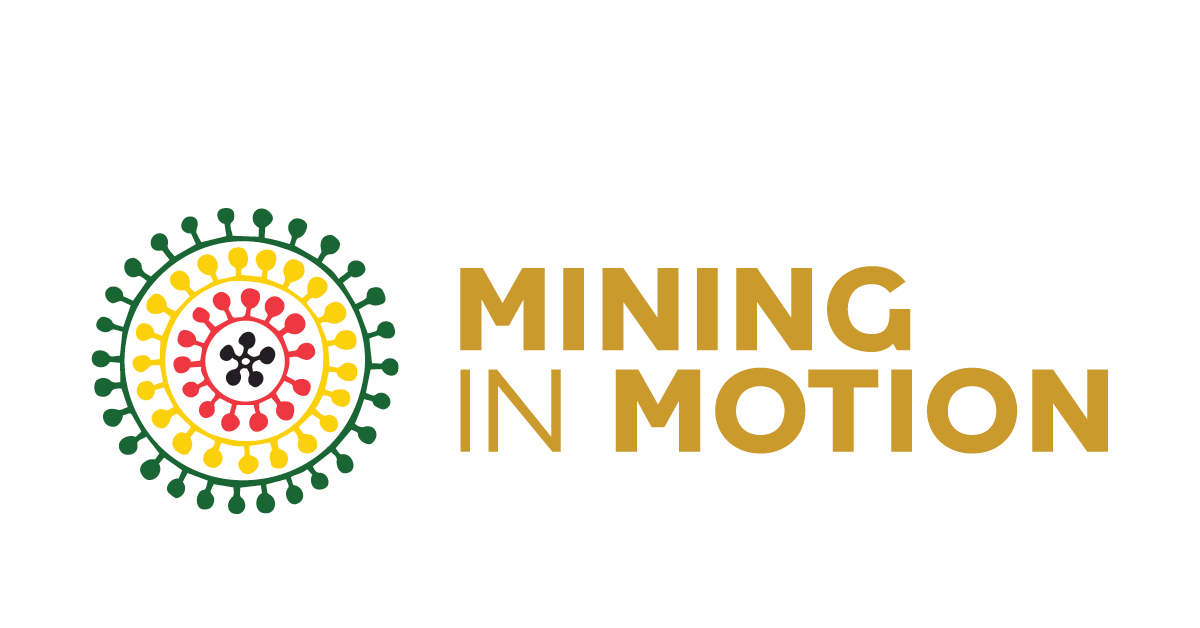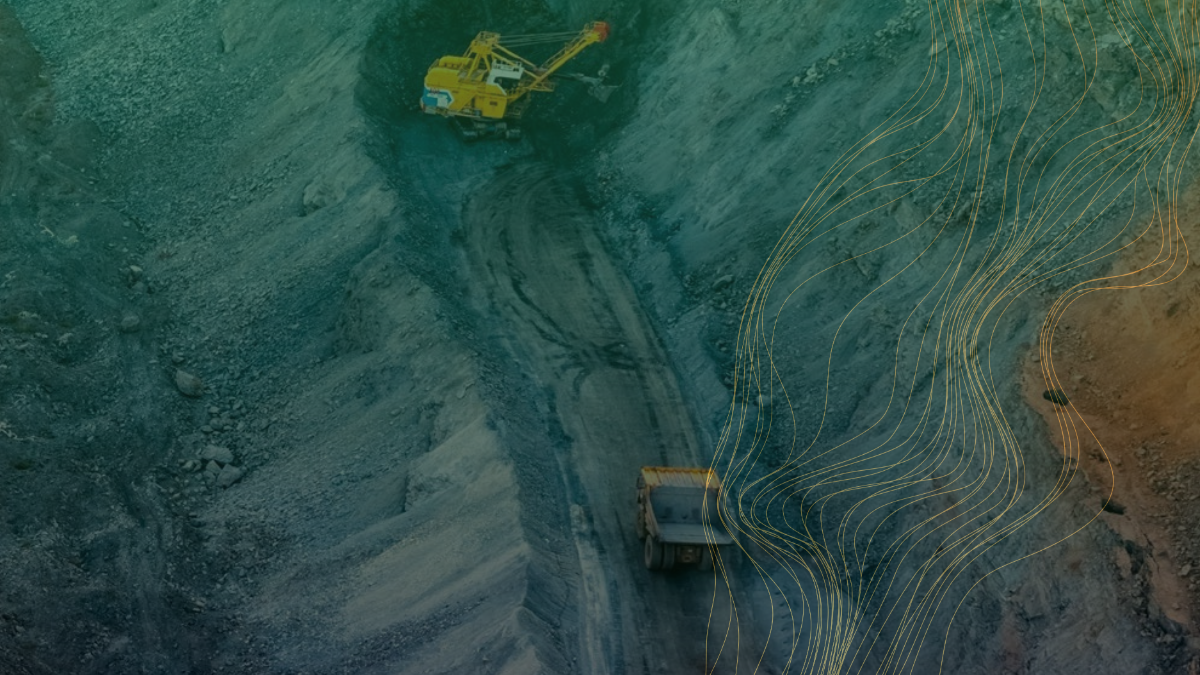10 Minerals Driving Ghana's Mining Industry
)
Gold
A roughly $500 million redevelopment project at Ghana’s flagship Obuasi gold mine by global mining company AngloGold Ashanti in January this year sprung the operation back to life after mounting losses put the project on care-and-maintenance in 2017. Meanwhile, last month Chinese mining company Zijin Mining Group agreed to purchase gold miner Newmont’s Ahafo mine for a cash consideration of up to $1 billion. Contributing 90% to the country’s total mineral output, the gold industry represents a lucrative investment opportunity for companies.
Diamonds
Centered around the country’s Birim Valley, Ghana’s diamond industry produces around 500,000 carats annually. The Birim River basins has yielded over 100 million carats of diamonds since small-scale mining and artisanal operations began in 1919. In 2022, Ghana yielded over $4.85 billion in revenue from diamond exports, serving as a vital contributor to the country’s economy.
Manganese
Ghana ranked as the fourth-largest global producer of manganese ore in 2023, exporting an estimated volume of 4 million tons. Last July, Ghana’s Minerals Commission announced plans to develop a $450 million refinery to boost revenue from the critical mineral. The project will be implemented through a strategic partnership between Ghana’s government and a Chinese manganese company.
Bauxite
Ghana has an estimated 900 million tons of bauxite reserves, which are critical to the country’s burgeoning aluminum industry. In August, the government signed a $10 billion MoU with China to help transform the industry, which will include the development of a 4,000-km railway network and processing facility.
Iron Ore
As part of the country’s strategy to become a major producer, Ghana’s government has set a goal of processing between 50,000 and 100,000 tons of iron ore locally for steel production by 2027. While iron ore mining in Ghana is not yet fully developed, the country boasts several significant deposits, primarily near the villages of Shieni, Pudo and Opon-Mansi, which are estimated to contain 147 million tons of iron ore.
Copper
Ghana’s copper exports contributed roughly $48.87 million to the country’s economy in 2023. While not as developed as its gold, diamonds, manganese and bauxite sectors, the country boasts approximately 1.32 million tons of measured and indicated, and 1.47 million tons of inferred copper reserves, highlighting a strategic investment opportunity for mining firms.
Chrome
Ghana has sought to further diversify its mining sector by developing its chromite deposits. While relatively underdeveloped, Chromite mineralization has been found in the Sapoua, Wantéou and Kantchkohoun sectors, which have been discovered in the forms of lenses and fractured ore bodies.
Nickel
The nickel mining sector in Ghana is characterized by small-scale and artisanal operations. The country primarily exports nickel to Ivory Coast and Senegal. In order to fully capitalize on its nickel mining industry, Ghana’s government has called on international investors and service providers to deploy more advanced technology to support small-scale operators.
Limestone
Ghana is known to have large deposits of limestone, which the country uses to support its industrial sector. Situated primarily in the northern areas of the country, Ghana is estimated to hold up to 230 million tons of limestone, grading at approximately 48% calcium-oxide.
Quartz
Ghana’s significant quartz reserves are found primarily in the country’s Damang, Tarkwa, Ashanti and Bibiani Shear zones. While output has declined in recent years, the industry offers great promise. Quartz is currently mined on a smaller-scale in the country, with the resource used in glass manufacturing, ceramics and as a raw material in silicon production.


